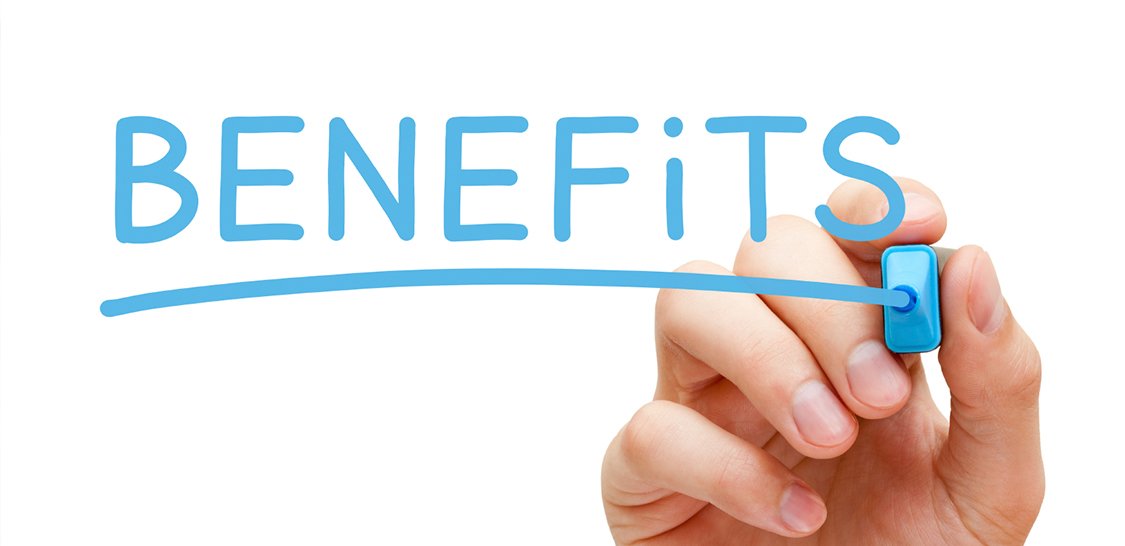The landscape of health insurance is ever changing, so it is essential that employers be aware of the numerous federal filing requirements related to health and welfare benefit plans they provide to their employees. The differences in U.S. Department of Labor (DOL) basic reporting and possible audit requirements hinge upon whether a health and welfare benefit plan is considered “funded” or “unfunded.”
A funded plan is one that at any time during the plan year either (or a combination of both) occurred:
- Received contributions from active or former employees.
- Used a trust or separately maintained fund (including a voluntary employee beneficiary association (VEBA) trust described in Code Section 501(c)(9)) to hold plan assets or act as a conduit for the transfer of plan assets during the plan year.
An unfunded plan is one in which benefits are either (or a combination) of the following:
- Paid as needed solely from the general assets of the employer or employee organization that sponsors the plan.
- Provided exclusively through insurance contracts or policies, the premiums for which are paid directly to the licensed insurance carrier by the employer or employee organization from its general assets, or partly from its general assets and partly from contributions by its employees or members (which the employer or employee organization forwards to the insurance carrier within three months of receipt).
**Keep in mind that a welfare benefit plan with employee contributions that is associated with a Code Section 125 fringe benefit plan (i.e., a cafeteria plan) may file as an unfunded welfare benefit plan if it meets the requirements of DOL Technical Release 92-01.**
Any health and welfare benefit plan that covers 100 or more participants at the beginning of the plan year must file the Form 5500 each year, whether it is funded or unfunded. In addition, any funded health and welfare benefit plan with fewer than 100 participants at the beginning of the plan year must file an annual Form 5500.
As more and more employers look for ways to save on health costs for employees, many are turning to self-insured plans and options. Be aware, however, that depending on the structure of the plan’s self-insured benefits, it could change from an unfunded plan only requiring a Form 5500 each year if the number of participants is 100 or more, to a funded plan. Moving to a funded plan requires an annual Form 5500 regardless of the number of plan participants, and could trigger audit requirements if the plan is considered a large plan.
Although the costs of having an audit performed on a large funded plan likely will not outweigh the cost savings from changing to a funded plan, employers must be aware of the potential additional filing and audit requirements. Your RKL advisor can help you determine the filing requirements for your health and welfare benefit plan. Contact us today to get started.




